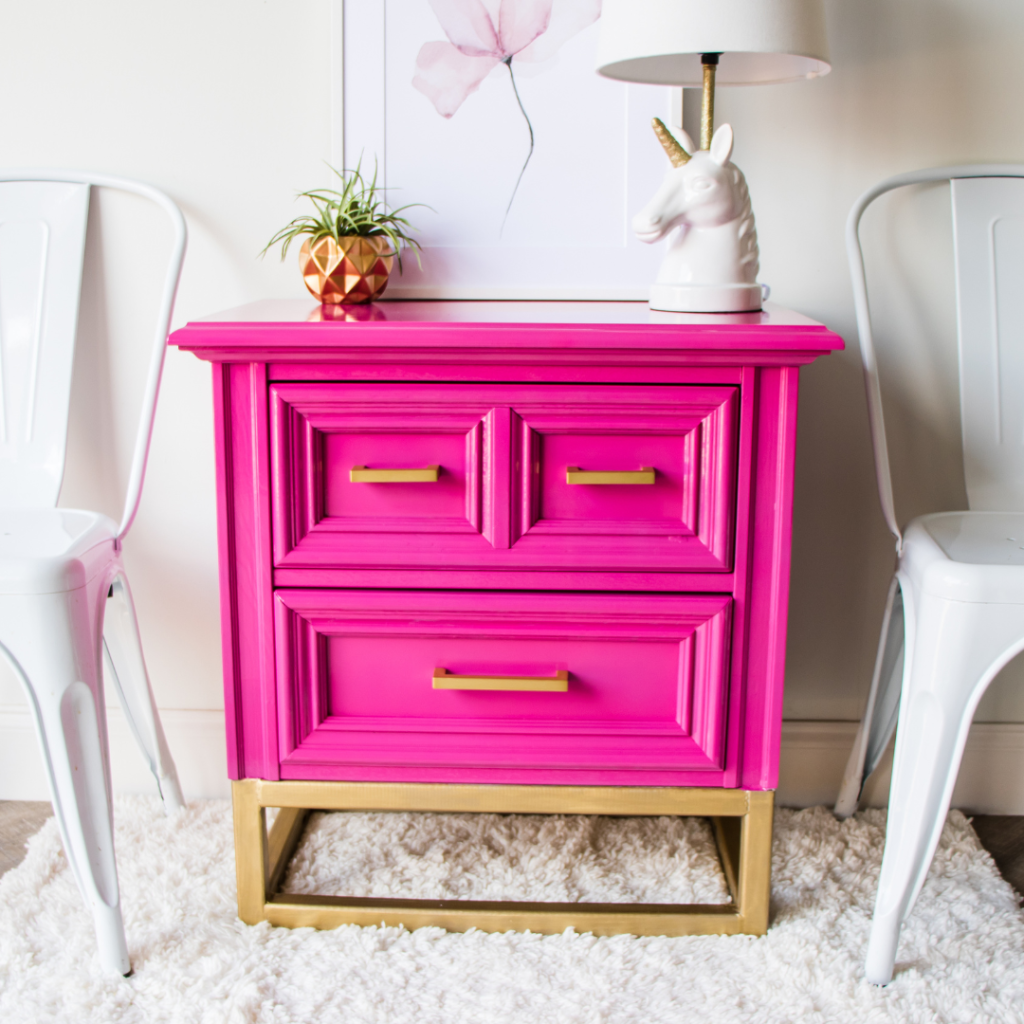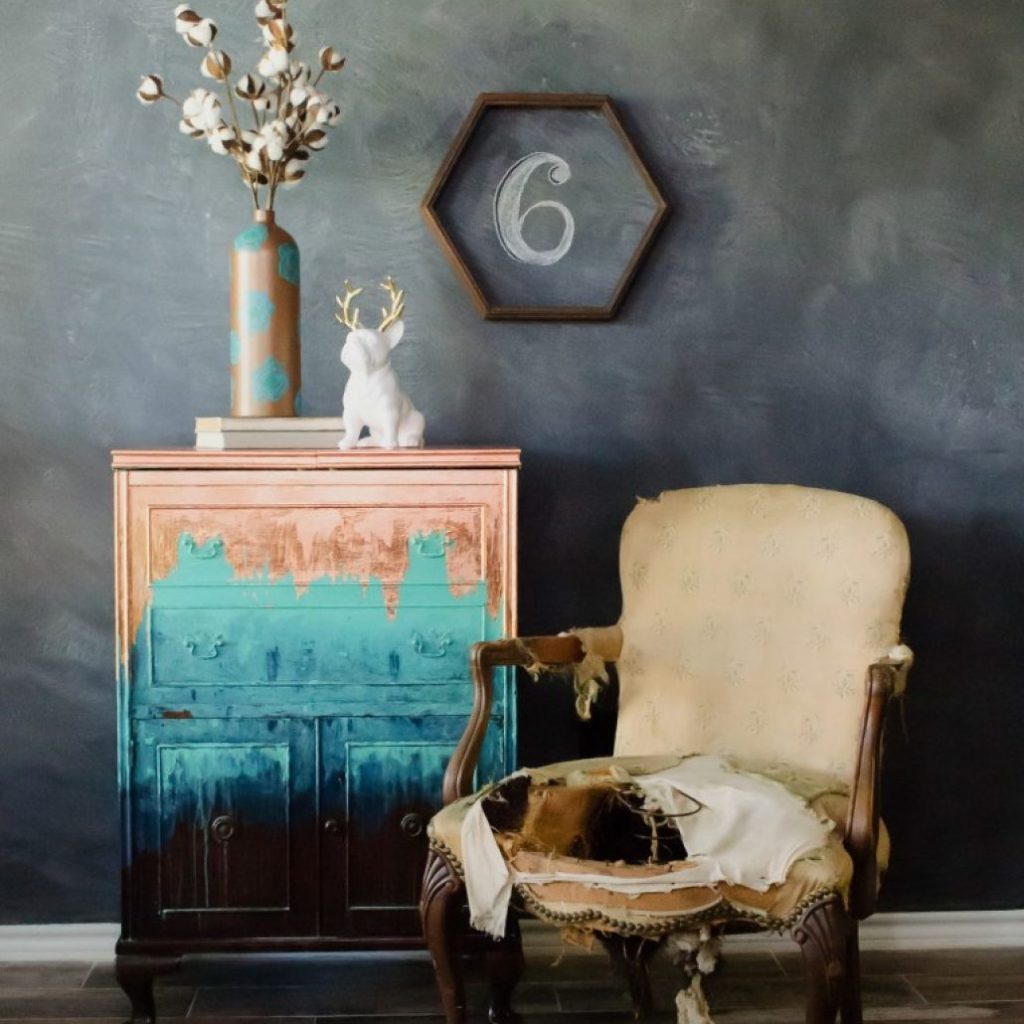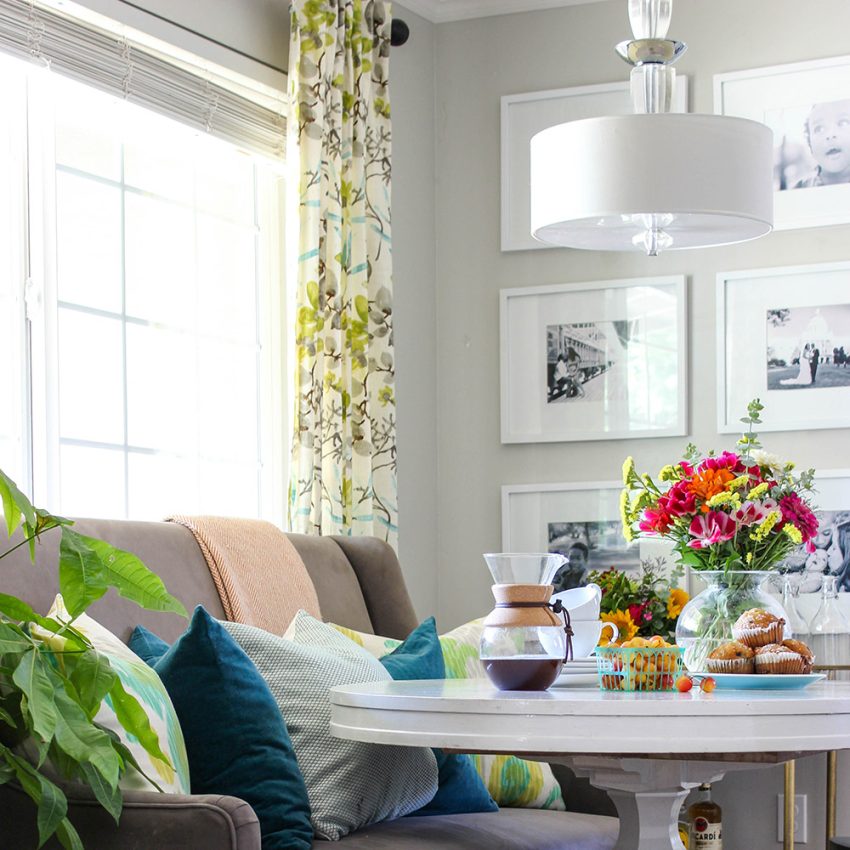Can i use wall paint on furniture? When it comes to updating or transforming furniture, many people wonder if they can use wall paint as a cost-effective alternative to specialized furniture paint. While it is possible to use wall paint on furniture, there are several factors to consider to ensure a successful and long-lasting finish. In this guide, we will explore the considerations, techniques, and tips for using wall paint on furniture. By understanding the pros and cons and following the appropriate steps, you can achieve a beautiful and durable painted finish on your furniture.

Considerations Before Using Wall Paint on Furniture:
Before deciding to use wall paint on furniture, it’s essential to consider the following factors:
- Durability: Wall paints are not made to withstand the wear and tear that furniture is subjected to. Furniture-specific paints are designed to be more durable and provide better adhesion and protection against scratches and moisture.
- Surface Preparation: Proper surface preparation is crucial for a successful paint job. Furniture often has different materials and finishes that may require specific preparation techniques, such as sanding, priming, or repairing surfaces.
- Surface Condition: Assess the condition of the furniture. If it has damaged or rough surfaces, wall paint may not be suitable without proper repairs and priming.
Appropriate Techniques for Using Wall Paint on Furniture:
If you decide to proceed with using wall paint on your furniture, consider the following techniques:
- Surface Preparation: Clean the furniture thoroughly to remove any dust, grime, or grease. Sand the surface lightly to provide a better adhesion for the paint. Smooth out rough or damaged areas and repair any cracks or holes.
- Priming: Apply a coat of high-quality primer specifically formulated for the type of surface you are painting. Priming helps with adhesion, provides a uniform base, and enhances the durability and longevity of the paint job.
- Painting: Apply several thin coats of ombre wall paint, ensuring each coat is dry before applying the next one. Use a good quality brush or roller suitable for the type of surface and finish you desire. Ensure even coverage and smooth strokes to achieve a professional-looking finish.
- Sealing: After the paint has dried completely, consider applying a protective clear topcoat or sealant specifically designed for furniture. This will provide an extra layer of protection and increase the durability of the painted surface.
Tips for Using Wall Paint on Furniture:
To achieve the best results when using wall paint on furniture, consider the following tips:
- Choose the Right Paint: Select a high-quality latex or water-based wall paint suitable for your furniture project. Satin or semi-gloss finishes are often preferred, as they provide better durability and are easier to clean.
- Test the Paint: Before applying the paint to the entire piece of furniture, perform a small test in an inconspicuous area to ensure the adhesion and compatibility of the paint on the specific surface.
- Allow for Sufficient Drying Time: Follow the manufacturer’s recommendations for drying time between coats and before using or moving the furniture. Rushing the process may result in a less durable finish.
- Properly Maintain the Furniture: Once the paint has dried and cured, proper care and maintenance are essential to preserve the finish. Avoid using harsh chemicals or abrasive cleaners that can damage the paint. Clean the furniture gently with a soft cloth or sponge.

Benefits of Using Furniture-Specific Paint:
While wall paint can be used on furniture, using furniture-specific paint offers several advantages:
- Durability and Wear Resistance: Furniture-specific paint formulations are designed to withstand the daily wear and tear that furniture is subjected to, including scratches, moisture, and cleaning.
- Better Adhesion: Furniture paint adheres better to various surfaces, including wood, laminate, metal, or plastic, ensuring a longer-lasting finish.
- Specialized Finishes: Furniture paints often offer a wider range of finishes, such as matte, satin, or gloss, allowing for greater customization and achieving the desired look.
- Enhanced Protection: Furniture paints often contain additional components, such as built-in sealers and protectants, that provide increased resistance to moisture, stains, and fading over time.
Precautions for wall paint on furniture
Using wall paint on furniture can be a cost-effective and creative way to update or transform the look of your pieces. However, before diving into the project, it is essential to understand the potential challenges and take necessary precautions to ensure a successful outcome.
Surface Preparation:
Proper surface preparation is critical when using wall paint on furniture. Consider the following key steps:
- Cleaning: Thoroughly clean the furniture to remove any dust, dirt, grease, or old finishes. Use a mild detergent, warm water, and a sponge or cloth to gently scrub the surfaces. Allow the furniture to dry completely before proceeding.
- Sanding: Lightly sand the furniture surface to create a textured surface that helps the paint adhere better. Use a fine-grit sandpaper and sand in the direction of the wood grain or the surface material. Focus on rough spots, old paint drips, or glossy finishes that need to be roughened up for better adhesion.
- Repair and Patching: Inspect the furniture for any damage, cracks, or holes. Fill them with appropriate wood fillers or putty, and smoothen the repaired area with sandpaper. Ensure that the surface is clean and free from excess filler before proceeding.
Choosing the Right Paint:
Selecting the appropriate type and finish of color wall paint design is crucial for achieving a successful outcome. Consider the following factors:
- Type of Paint: Opt for latex or water-based wall paint, as these types are generally more forgiving and provide good adhesion. Avoid using oil-based paints, as they can result in slower drying times and may require additional ventilation.
- Quality of Paint: Invest in high-quality paint that offers good coverage and adhesion. This will ensure better durability and longevity for the painted furniture.
- Paint Finish: Choose a suitable finish such as eggshell, satin, or semi-gloss. These finishes provide durability, ease of cleaning, and a moderate level of sheen. Matte finishes should be used sparingly, as they may result in a less durable surface that is more prone to stains and smudges.

Priming and Sealing:
Applying a primer and sealant is important to enhance adhesion, prevent bleed-through, and protect the painted furniture. Consider the following steps:
- Primer: Apply a suitable primer that is compatible with your wall paint and furniture surface. Primers provide a smooth base, ensure better paint adhesion, and prevent stains or discoloration. Use a brush or roller to apply an even and thin coat of primer. Allow it to dry as per the manufacturer’s instructions before moving on to the painting phase.
- Sealant: Consider applying a clear protective topcoat or sealant to provide additional durability and protect the paint from stains, scratches, or moisture. Choose a sealant specifically designed for furniture or a polyurethane product that is compatible with your paint type. Apply multiple thin coats with a brush or roller, ensuring each coat is dry before adding the next.
Painting Techniques:
Adopting appropriate painting techniques will help achieve a professional finish on your furniture. Consider the following tips:
- Thin Coats: Apply thin and even coats of paint rather than one heavy coat. This helps prevent brushstrokes, drips, and uneven drying. Allow each coat to dry completely before applying the next.
- Proper Ventilation: Work in a well-ventilated area to help with drying and eliminate the buildup of fumes. If working indoors, open windows, use fans, or consider using a respirator mask for personal safety.
- Paint application: Use a high-quality brush or foam roller suitable for the type of paint and desired finish. Apply garage wall paint evenly and in the direction of the grain or the surface material. Be mindful of visible brushstrokes, and lightly feather the edges for a smoother finish.
Conclusion:
While it is possible to use wall paint on furniture, it’s important to consider various factors before proceeding with this approach. Using wall paint requires proper surface preparation, priming, and sealing techniques to ensure a long-lasting and durable finish. However, specialized furniture paints have been specifically formulated for furniture surfaces, offering better adhesion, durability, and protection. By carefully considering the pros and cons, following appropriate techniques, and choosing the right paint for your furniture project, you can achieve a successful painted finish that enhances the appearance of your furniture and withstands the test of time.

